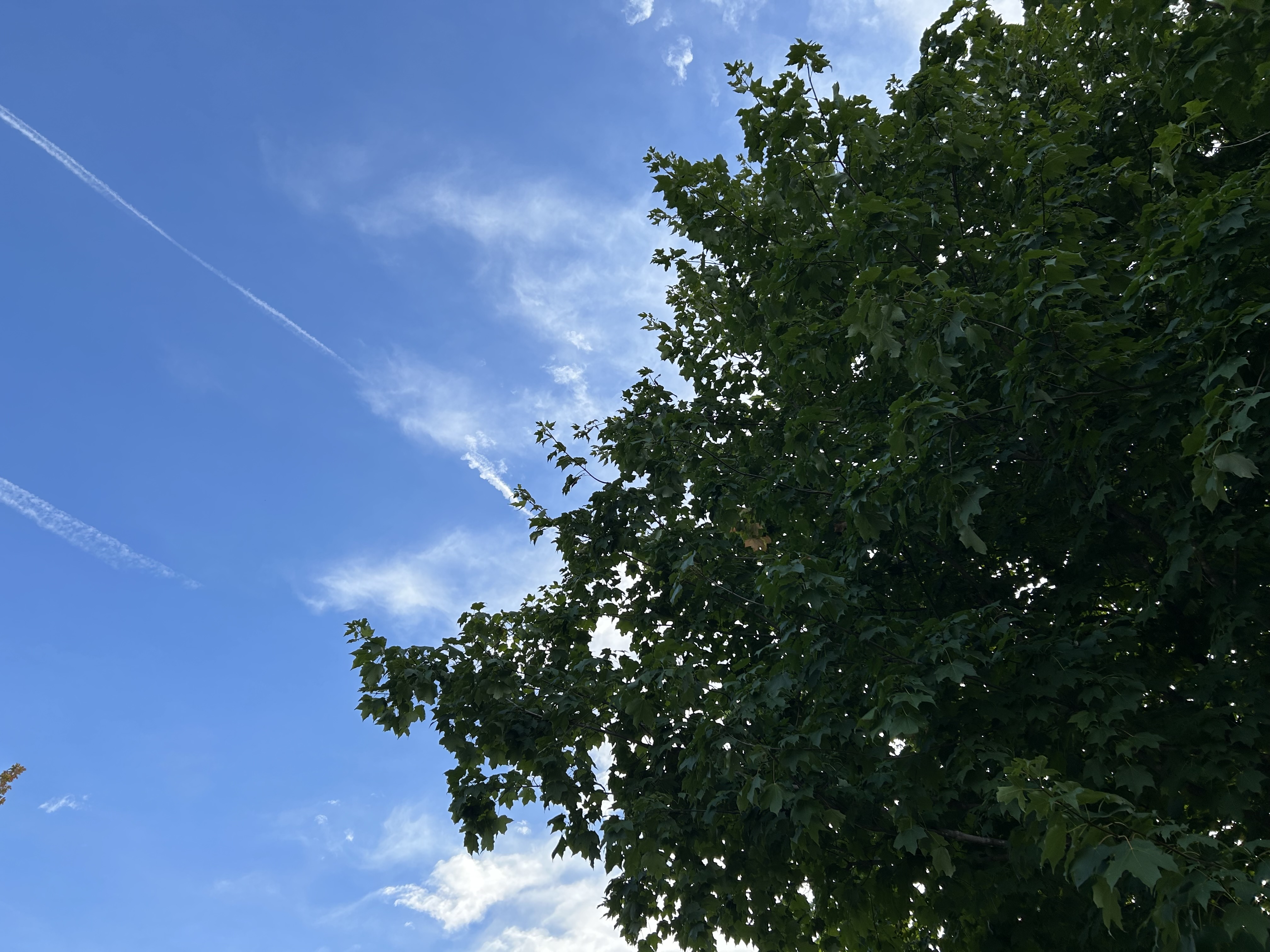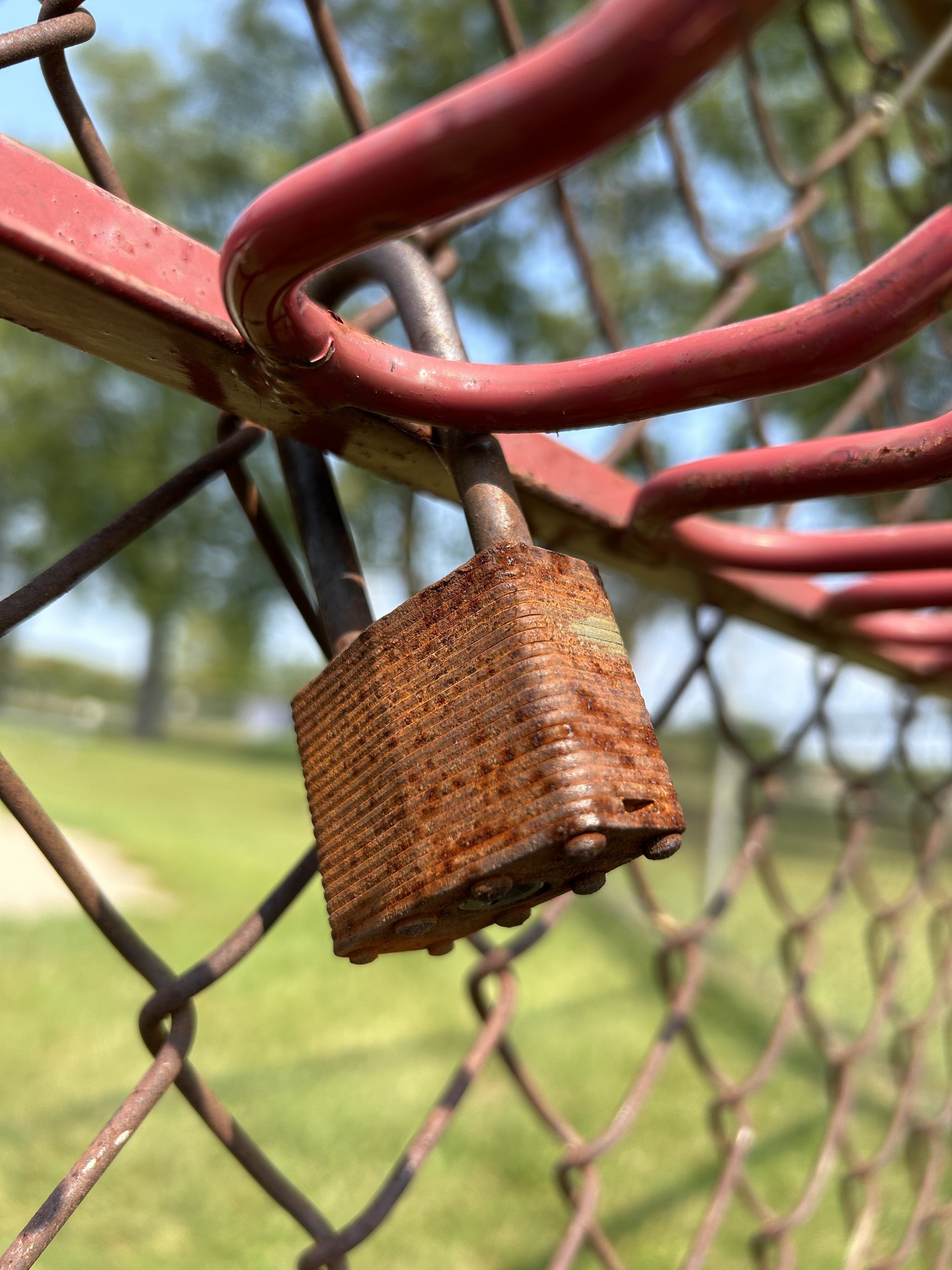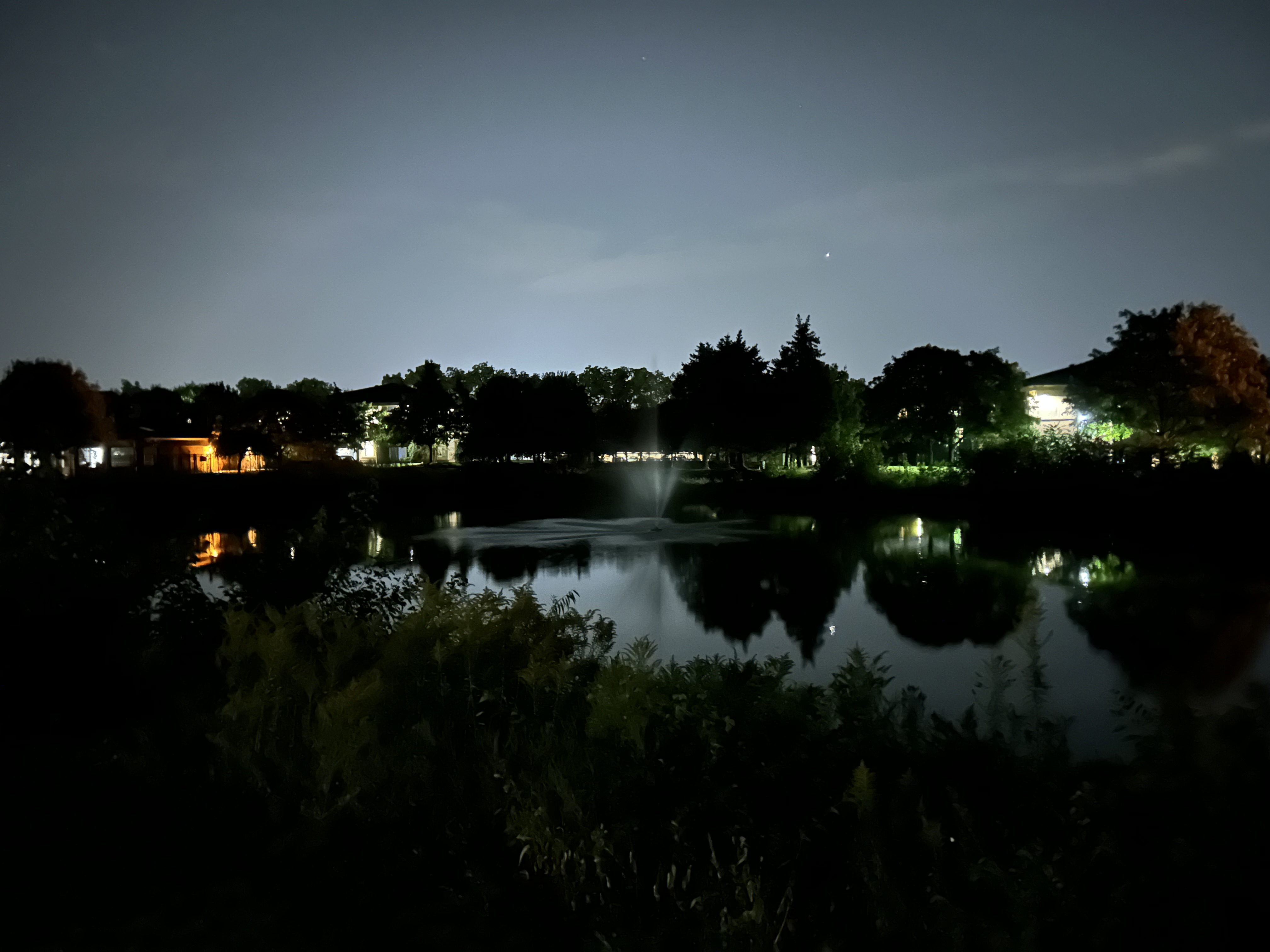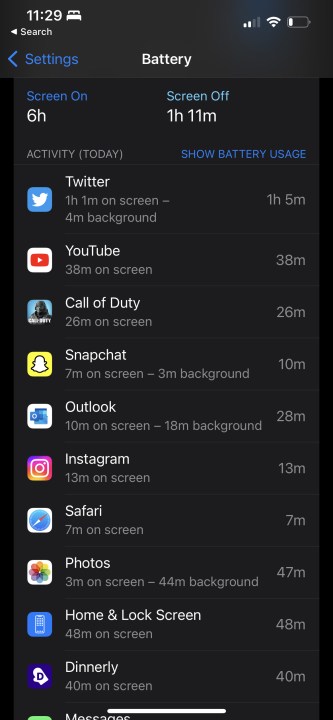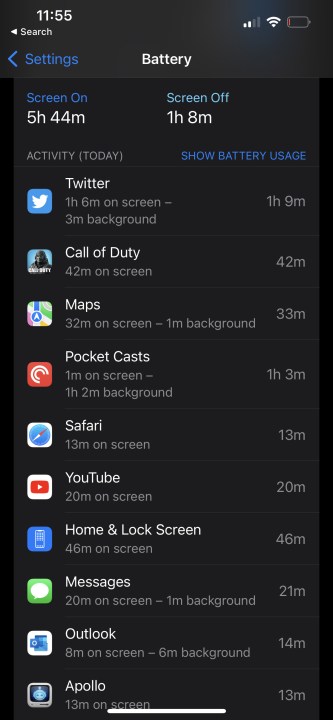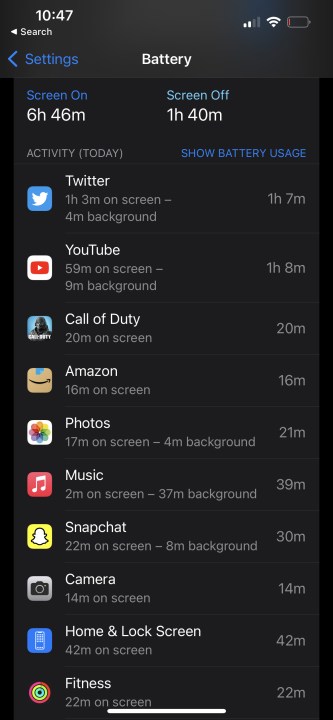“The iPhone 14 isn't a huge upgrade compared to its predecessor. But with a great design, screen, performance, and cameras, that's far from a bad thing at all.”
- Comfortable, high-end build
- OLED screen looks fantastic
- A15 chip performs great
- Good camera upgrades
- Dependable battery life
- Helpful safety features
- 60Hz display
- No telephoto camera
- eSIM might be a pain for some
“It’s just another iPhone.” That’s how I’ve heard a lot of people refer to the iPhone 14 — and for good reason. Compared to last year’s model, the iPhone 14 is a very familiar smartphone. It has the same design, screen, chipset, and a very similar camera system.
But here’s the thing. Those similarities shouldn’t come as a disappointment. The iPhone 14 takes a very strong foundation, keeps what works, and adds a few subtle improvements that make it a better overall handset. It’s far from the year’s most invigorating or jaw-dropping release, but if what you’re in the market for is “just another iPhone,” the iPhone 14 makes a great case for itself.
If you’re more interested in Apple’s higher-end models, see our iPhone 14 Pro review and iPhone 14 Pro Max review.
iPhone 14 design

This welcome familiarity is seen immediately with the iPhone 14’s design. The iPhone 14 still has a 6.1-inch display with a notch, Apple’s Ceramic Shield covering that display, and an aerospace-grade aluminum frame. You’re also treated to the same square camera housing on the back with the angled sensors, though they are slightly larger than the iPhone 13. The iPhone 14 is also 0.15mm thicker and 2g heavier, but otherwise, it’s the same looking and feeling phone as last year.
In my book, this is nary a bad thing at all. Maybe it’s because I switched to the iPhone 14 from my much heavier iPhone 13 Pro, but the iPhone 14 feels wonderful to hold. It’s sturdy, lightweight, and the aluminum sides are impervious to fingerprints.

I also quite like Apple’s selection of colors this year. Apple sent me the iPhone 14 in purple, which looks like a muted lavender in person. It’s very subtle and not too vibrant, but I’ve loved carrying it around with me while reviewing the iPhone 14. The redesigned blue color is also great (and looks better than the iPhone 13’s blue, in my opinion). The red color is significantly more vibrant this year, plus midnight and starlight remain trusty neutral options.
The iPhone 14 feels wonderful to hold.
Other mainstays of the iPhone 13 are also present on the iPhone 14. An IP68 rating protects it from dust and water, it’s fully compatible with MagSafe accessories, and — yes — there is still a Lightning port on the bottom instead of USB-C.
Is this a fresh or exciting design? Not at all. Aside from the different colors, the iPhone 14 really does look identical to the iPhone 13. I get that some people were hoping for a drastic redesign, but I’m happy Apple stuck with this body for another generation. The iPhone 14 has proven practical and comfortable in daily use, and it has looked good while doing so. Call it boring if you want, but it’s a smartphone design I can’t help but thoroughly enjoy.
iPhone 14 screen

Apple’s recycling of last year’s hardware also works out well for the screen … mostly.
The iPhone 14 is equipped with a 6.1-inch OLED screen with a 2532 x 1170 resolution. There’s HDR support, up to 800 nits of max typical brightness, and 1,200 nits of peak HDR brightness — all the same specs we got with the iPhone 13.
In almost every regard, this remains a great display setup for the iPhone 14. Colors are punchy (but not overly saturated), text and icons look great, and the display is plenty visible in bright rooms or outside on a sunny day. Whether I’m watching a YouTube video, looking at old photos, or reading an article from one of my colleagues, the iPhone 14’s screen allows all of it to pop.

Where the iPhone 14 display disappoints is with its refresh rate. Like the iPhone 13 Pro and Pro Max last year, the iPhone 14 Pro and iPhone 14 Pro Max again have 120Hz screens. The baseline iPhone 14, however, is again stuck with a 60Hz one. Compared to phones with 120 or 90Hz refresh rates, things like scrolling and swiping look choppier on the iPhone 14.
Being stuck with 60Hz on the iPhone 14 is a shame.
iOS 16’s smooth animations and the great performance out of the A15 Bionic keep the iPhone 14 from ever feeling slow or sluggish, but it’s still disappointing not to see any improvement here. In the Android space, it’s not uncommon to see phones for $600, $500, or even $400 with 90 or 120Hz refresh rates. Being stuck with 60Hz on the iPhone 14, a phone that starts at $799, is a shame.
iPhone 14 cameras

The iPhone 14 Pro has stolen most of the camera limelight for its new 48MP primary sensor, but that doesn’t mean the normal iPhone 14 is a slouch. Like so many other aspects of the phone, the iPhone 14’s cameras are a lot like the iPhone 13 but slightly improved in some key ways.
You still have a 12MP primary camera, but it’s a larger sensor with an f/1.5 aperture to capture more light and make lowlight shots look better. The front-facing camera is even more improved. The megapixel count remains at 12MP, but it has a larger f/1.9 aperture (compared to f/2.2 on previous iPhones) and introduces autofocus for the first time. The 12MP ultrawide camera is exactly as it was on the iPhone 14’s predecessor.
Sounds great! But what does any of this mean for photo quality? Starting with the 12MP main camera, it has all of the same qualities we saw with the iPhone 13. In good lighting conditions, the iPhone 14 can produce truly gorgeous photos. Colors are vibrant and true to life, images have a load of fine details, and the Camera app captures photos quickly for fast, trustworthy shooting. And in these well-lit conditions, the larger sensor gives some subjects a natural depth of field, allowing you to get portrait-like shots without using the dedicated Portrait mode.
I’ve also been mostly happy with lowlight images. In a dark room at night with minimal lighting, the iPhone 14 can still take very good photos with ample detail (the photo of my cat sleeping on a pillow is a great example).
For scenes that are really dark, the iPhone 14 automatically switches to Night mode. It’ll automatically hold exposure for around 2 or 5 seconds, but you can force it to go on for 30 seconds if you really need it. In these scenarios, the iPhone 14 does a good job of letting ample light into to turn a pitch-black scene into something that’s actually visible. But the more you bring the lights down, the softer and softer details become.
- 1. Photo from the iPhone 14’s main camera
- 2. Photo from the iPhone 14’s ultrawide camera
What about the ultrawide camera? Even though it’s the same as the iPhone 13’s, it’s been extremely reliable during my testing. Colors are nearly identical to the main camera, the wider view is helpful, and details look pretty good considering the ultrawide nature of the thing.
And, of course, we have to talk about the new selfie camera. I’ll say upfront that I’m not a selfie guy. I’ve never been one to take a lot of selfies, and I don’t anticipate that the iPhone 14 will change that about me. But even so, it’s pretty remarkable how much better the iPhone 14’s new selfie camera really is.
Thanks to the addition of autofocus, photos generally look sharper all around. From finer details in your hair and face to taking up-close shots of you and your friends, autofocus adds a new layer of flexibility that can really take selfies to the next level. And like the main camera, the larger aperture results in better natural bokeh and decent results even when the lights go down.
iPhone 14 performance

One of the most controversial changes with the iPhone 14 is something that didn’t change at all. Usually, Apple gives every new iPhone a new chipset to power it. The iPhone 12 series got the A14 chip, the iPhone 13 lineup was powered by the A15, and all iPhone 14 handsets have the A16 — right? Not exactly.
While the iPhone 14 Pro and iPhone 14 Pro Max have a new A16 chipset, the iPhone 14 (and iPhone 14 Plus) still have the A15. It’s the more powerful version of the A15 used in the iPhone 13 Pro with five GPU cores instead of the four used in the normal iPhone 13, but otherwise, it’s the exact same processor.
There’s been plenty of backlash against this decision as another way for Apple to stifle innovation and save a buck. And maybe it is! But I’d be lying if I said I was upset about having the A15 in the iPhone 14.
The A15 is still an incredible mobile chipset.
Simply put, this is still an incredible mobile chipset. Daily apps like Twitter, Outlook, and Instagram run without a hitch. Games are great, too. I’ve played a lot of Call of Duty: Mobile on the iPhone 14, and from the graphics to frame rate, everything performs perfectly. The iPhone 14 also touts a new thermal design, giving you better heat dissipation compared to the iPhone 13. I only got the iPhone 14 to get noticeably warm once during testing, and that was after 30+ minutes of downloading numerous files for CoD: Mobile with the display on. Otherwise, the phone has run cool as a cucumber regardless of which apps or games I’m running.
iPhone 14 eSIM

Speaking of controversy, we should take a minute to talk about eSIM. If you buy an iPhone 14 in the U.S, it doesn’t come with a physical SIM card. Instead, cellular service is only accessed via a virtual eSIM. We’ve had eSIM technology in smartphones for years, but the iPhone 14 is the first major smartphone to only have eSIM and no option for a physical SIM card.
In my own experience, this hasn’t been a problem at all. I already had my number as an eSIM on my iPhone 13 Pro and transferred it to the iPhone 14 in about two minutes. Apple guides you through this process during setup, and you can access eSIM transfer/activation settings at any time in the Settings app. And even if you have an older iPhone that’s still using a physical SIM card, Apple’s worked with major carriers in the U.S. to make the transfer process as seamless as possible.

While I’ve had no issues with eSIM on the iPhone 14, that doesn’t mean it hasn’t been causing headaches for some people. If you have service through a smaller provider like Mint Mobile, transferring your SIM may require using your carrier’s app or having to call customer service. Transferring your SIM from an Android phone also comes with its own headaches, and there have been some reports of eSIM transfers taking hours (or even days) with some numbers.
Just transferred a T-Mobile eSIM from a 13 Pro to a 14 and yeah— the whole process for transferring eSIMs is shockingly quick and simple
eSIM isn’t without its faults, but it’s also not the big scary monster some are making it out to be https://t.co/gHNg6KKs2O
— Joe Maring (@JoeMaring1) September 15, 2022
This is one of those things where your mileage will vary. If you’re coming to the iPhone 14 from an old iPhone, the eSIM transfer process should be fairly simple — regardless if you’re already using eSIM or still have a physical SIM card. Things stand to be more complicated if you’re switching from an Android phone, and if you plan on doing a lot of international travel, there are challenges to consider there, too. There’s certainly still work to be done here, and although eSIM is far from perfect, it hasn’t done anything to tarnish my time with the iPhone 14. Here’s to hoping Apple and carriers can make that the case for everyone sooner rather than later.
iPhone 14 car crash detection and satellite connectivity
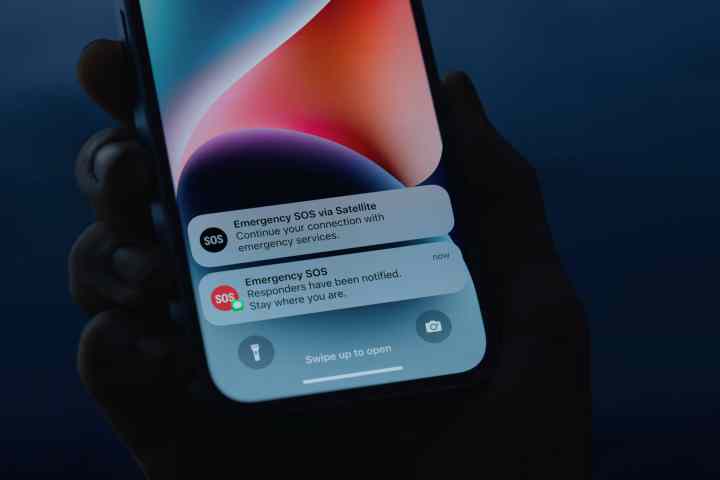
Two other big features with the iPhone 14 are car crash detection and satellite connectivity — two features I’ve been unable to try with my iPhone 14.
The former is pretty self-explanatory. If you’re involved in a severe car crash, the iPhone 14 uses a variety of sensors to detect changes in speed and cabin pressure, extremely loud sounds, and a sudden shift in the direction you’re heading. If it determines that you were involved in an accident, the iPhone 14 displays a car crash screen with buttons to call emergency services or dismiss the pop-up. If you don’t respond within 10 seconds, emergency services are automatically called for you. Apple says it used 1 million hours of “real-world driving and crash data” to build the iPhone 14’s car crash detection. Short of me getting in an accident to test the feature myself, I’ll take Apple at its word that the feature works as intended.
In a similar vein, the iPhone 14 also brings Emergency SOS via satellite. If you’re in a situation where you need help but don’t have access to cellular data or a Wi-Fi connection, the iPhone 14 allows you to connect to a satellite and send a message to emergency services. Like car crash detection, it’s one of those features you hope you never have to use.
Regardless, I’m really glad Apple added these things this year. Yearly improvements to processor speed, display resolution, and camera megapixels are great. But these are features that could legitimately save your life. Apple’s marketing may lay it thick with the severity of them, but there is weight to what the company is saying. I pray that I never get in a bad car wreck or become injured and stranded somewhere, but in the event that I do, it’s reassuring to know that the iPhone 14 has the necessary tools to be useful in those situations.
iPhone 14 battery and charging
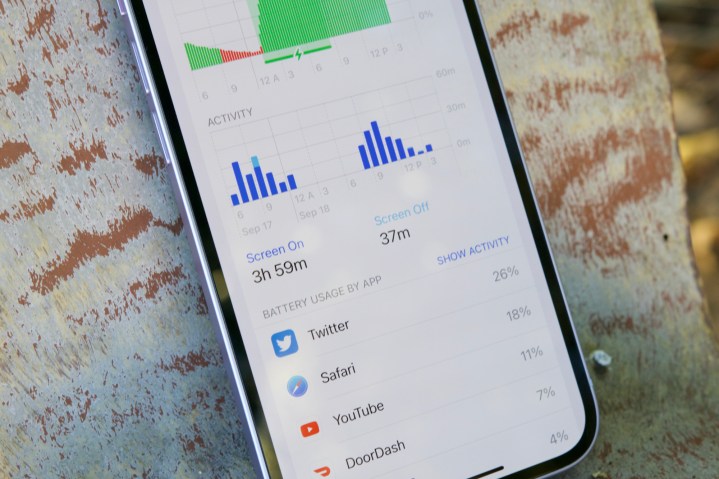
Finally, let’s talk about battery life. Apple made significant battery strides with the iPhone 13 series, and with the iPhone 14, it claims that endurance is even better. While I’m not hitting the 20 hours of video playback Apple touts on its website, the iPhone 14 has consistently gotten me through each day I’ve used it — even when I’m really pushing it.
Here’s what a typical day with the iPhone 14 has looked like for me, I’ll watch about an hour of YouTube, play 30-ish minutes of Call of Duty: Mobile, and regularly use countless other apps like Twitter, Safari, Microsoft Teams, Outlook, Apple Music, and more throughout the day. After over 14 hours of uptime with over 5.5 hours of screen-on time, I have about 25% battery life left in the tank.
On a lighter day with over 15 hours of use and about 4 hours of screen time (with very little gaming), I ended the day with 38% still remaining. The iPhone 14 will likely be a one-day phone for most people, but I’ve been able to very comfortably get through each day even with fairly heavy usage. Play a few games, watch some videos, and take as many pictures as you want. So long as you aren’t on your phone 24/7, you should be able to end each day with the iPhone 14 with little-to-no battery anxiety.

Apple didn’t make any charging improvements this year, but the options available are fine. You can use the Lightning port to get wired charging speeds up to 25W, Qi wireless charging delivers up to 7.5W, and a supported MagSafe charger (my preferred method of charging) delivers up to 15W of power. There’s no ultra-fast wired charging like you’ll find on the OnePlus 10T or Oppo Reno 8 Pro, but maybe Apple will get around to adding that next year with the iPhone 15.
The iPhone 14, two months later
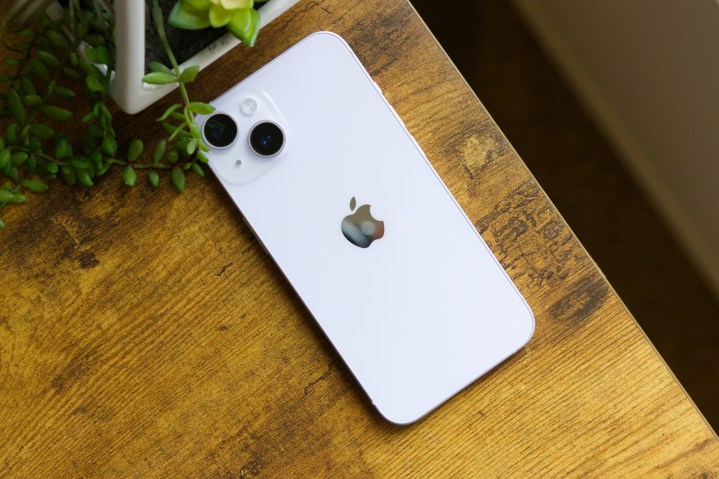
The iPhone 14 certainly impressed me when I initially reviewed it. Fast-forward a couple of months since then, and that positive impression hasn’t changed. The iPhone 14 still isn’t a particularly exciting or eye-catching iPhone, but it continues to be my go-to recommendation for folks who “just want an iPhone.”
While I’ve since switched to an iPhone 14 Pro Max, my partner has been daily driving the base iPhone 14 since release — and it’s performed flawlessly. The screen still looks great, performance from the A15 chip offers little to complain about, and the battery is just as reliable as ever. The cameras also continue to deliver, effortlessly churning out social media-ready photos with just a press of the shutter button. Even stacked side-by-side with the iPhone 14 Pro, the iPhone 14’s camera holds its own.
But my gripes with the iPhone 14 also remain. Not having a 90Hz or 120Hz display is still annoying, especially when I’m regularly looking at other phones with those faster refresh rates. And if you don’t care about its subtle camera upgrades or new safety features, it’s difficult to not just recommend the cheaper iPhone 13.
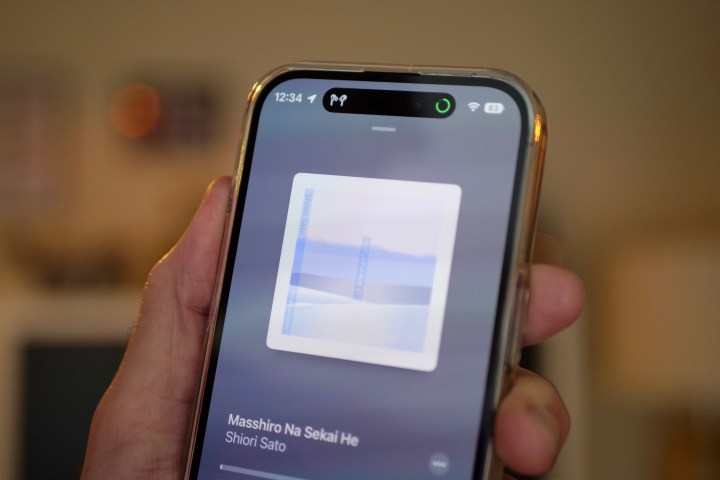
If anything, the last couple of months have made me more excited about what the iPhone 15 could look like. It’s all but confirmed that Apple is switching to USB-C in 2023, there’s the possibility of a design refresh, and- even though the Dynamic Island hasn’t reached its full potential yet, I still want it on all iPhones across the board next year.
Ultimately, my take on the iPhone 14 in December 2022 is largely the same as it was in October. If you want the newest iPhone and don’t want to spend an absurd amount of cash, it’s a killer all-around package you’ll find little to complain about. But the iPhone 13 is 90% as good for (at least) $100 less, and the potential for the iPhone 15 is exciting. It is a great iPhone option, but it’s not your only iPhone option.
iPhone 14 price and availability
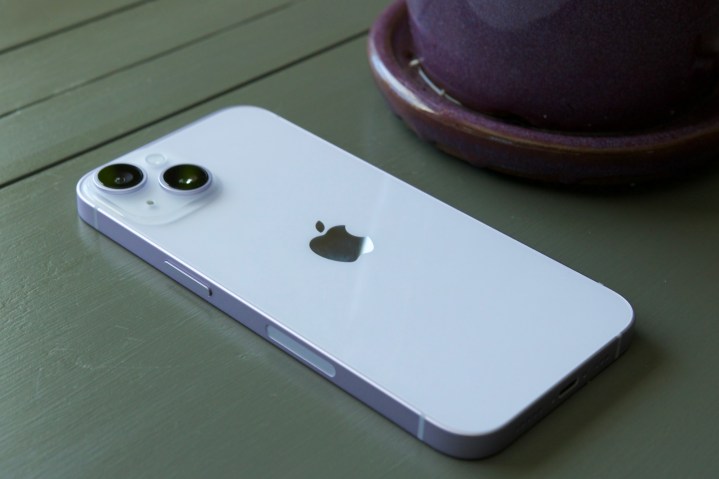
The iPhone 14 is available for purchase now with a starting price of $799. That $799 price gets you 128GB of internal storage and should be plenty for most people. If you need more room, 256GB and 512GB options are available for $899 and $1099, respectively.
While Apple’s promotional offers aren’t the best around, it is still possible to save some cash on your purchase. Buying direct from Apple lets you trade in your old phone to get a credit between $40 and $720. Additionally, paying for the iPhone 14 with your Apple Card gets you 3% cashback with Apple’s Daily Cash program.
The iPhone 14 is a great upgrade, if you need it

That’s the iPhone 14. Its cameras are nicer, it’s slightly better with demanding games, and it has a couple of impressive safety features that you’ll (hopefully) never have to use. But they’re there just in case.
I totally understand why some people have dismissed the iPhone 14 as an ‘iPhone 13S’ and as a device you should ignore. But it’s the last part I disagree with. If you already have an iPhone 13 and don’t see any reason to upgrade, that’s probably the right call.
But if you have an iPhone XR, iPhone 11, or even the iPhone 12, the iPhone 14 is a phone I’m more than happy to recommend. If you don’t care about the Dynamic Island, 120Hz refresh rates, or a telephoto camera, the iPhone 14 is hands-down the best iPhone you can buy today. Even if it’s a little boring.




